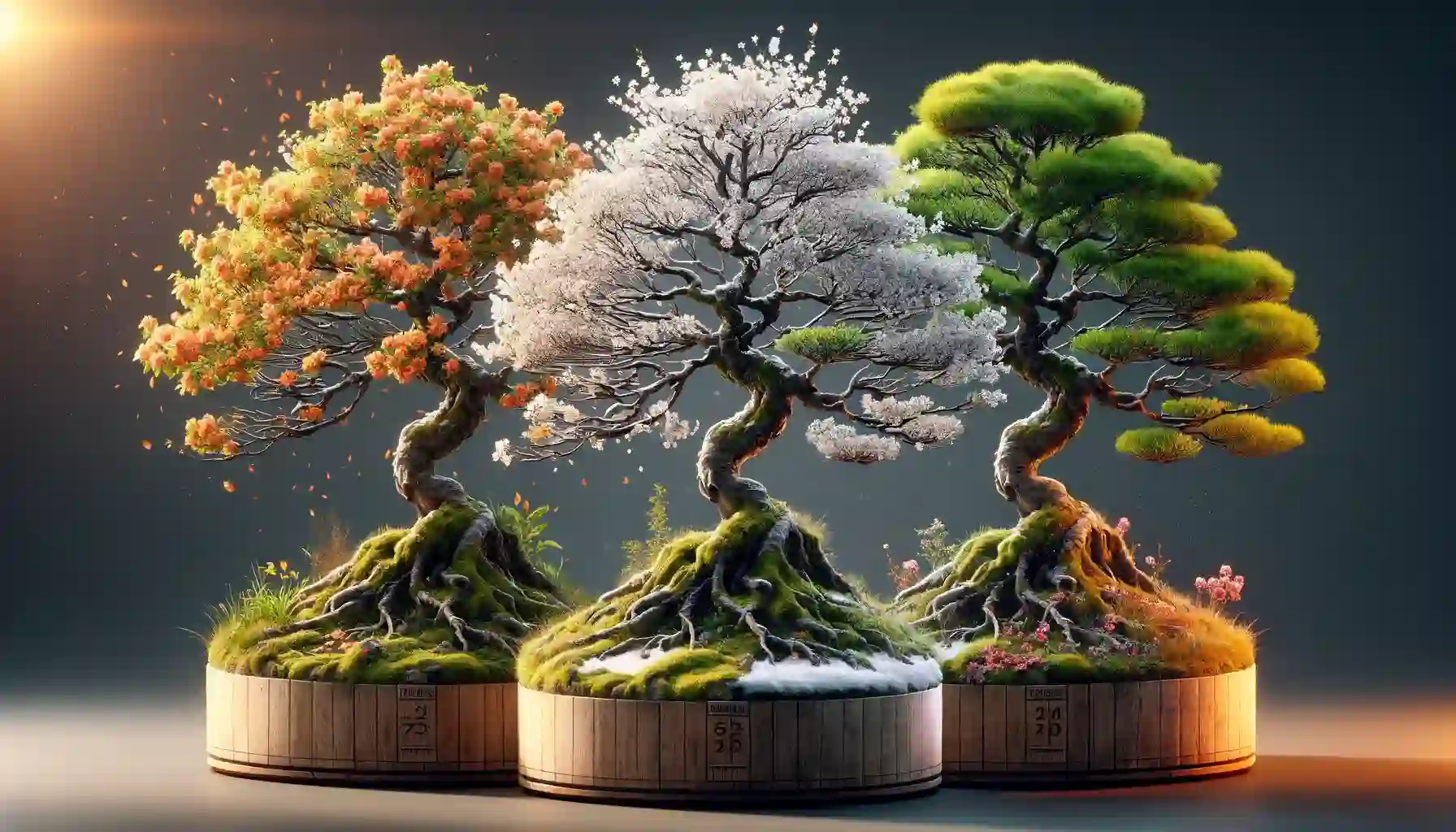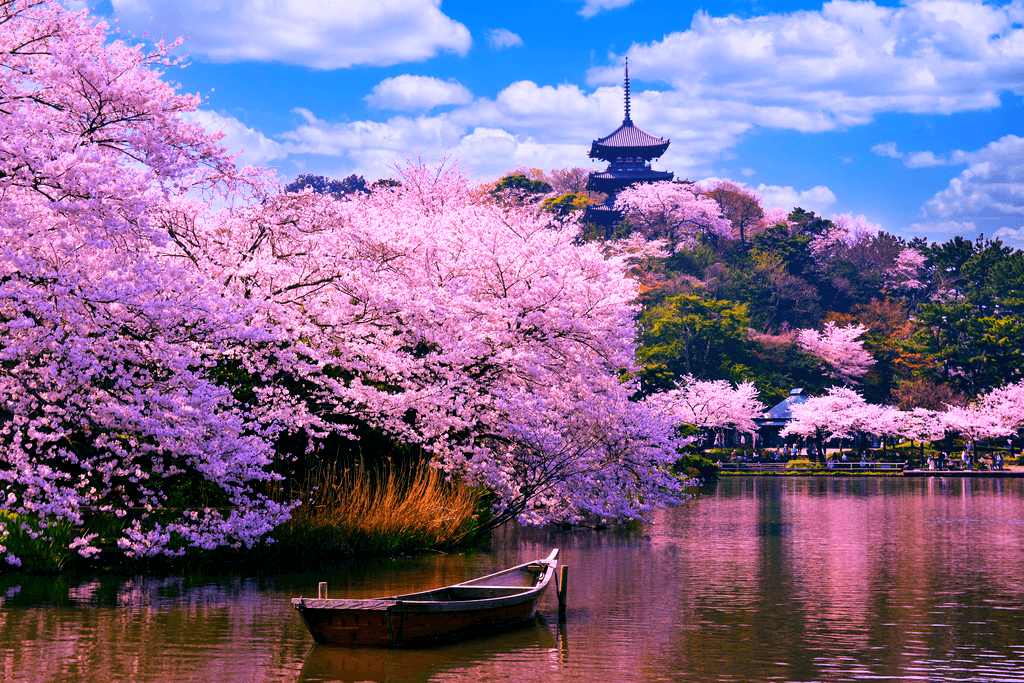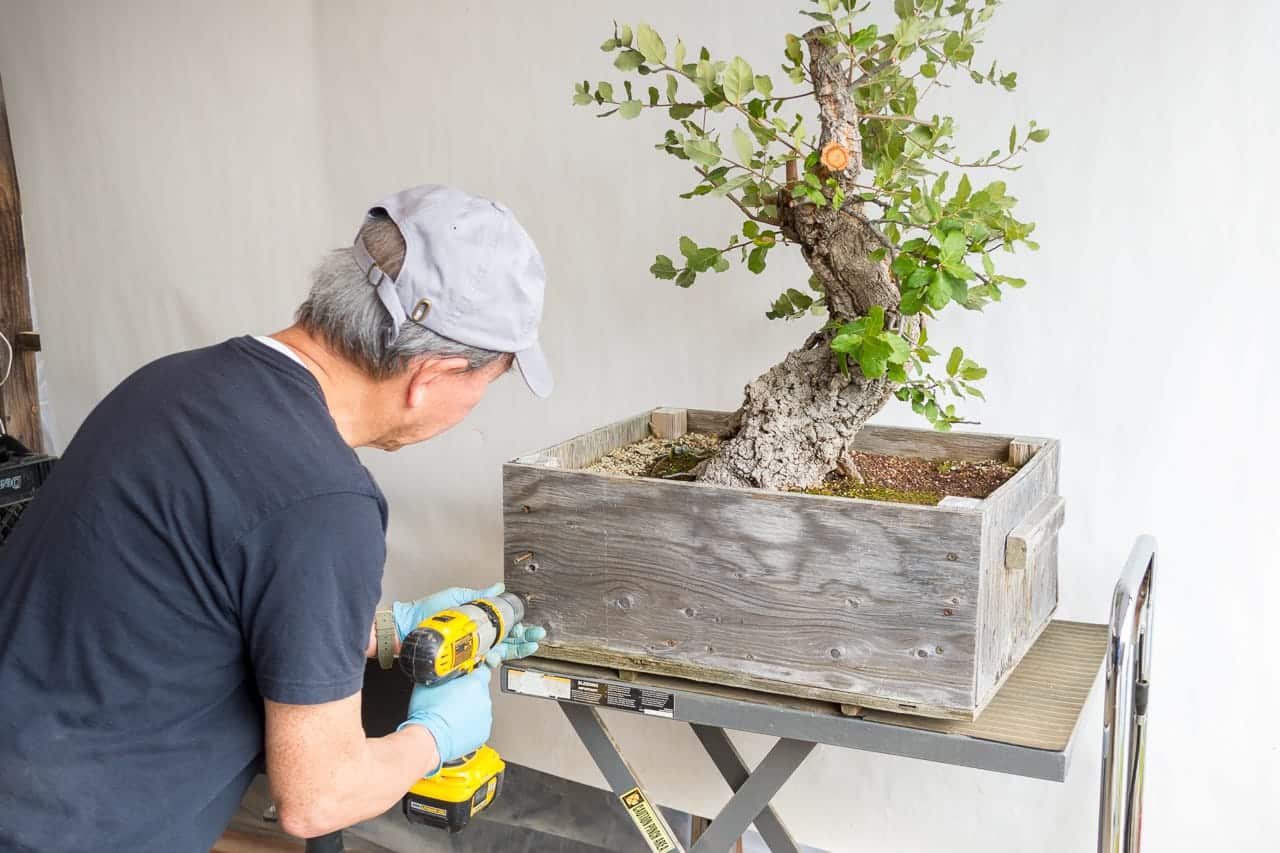Bonsai, the ancient art of cultivating miniature trees, has captivated enthusiasts for centuries. While mastering the basics of bonsai requires patience and skill, true aficionados often seek to push the boundaries of traditional techniques. In this article, we delve into the realm of advanced bonsai techniques and encourage experimentation to elevate your craft to new heights.
Exploring Advanced Pruning Methods
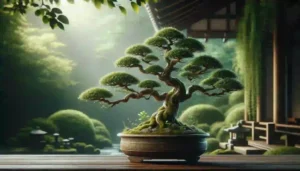
Pruning lies at the heart of bonsai cultivation, shaping the tree’s form and encouraging growth in desired directions. In advanced bonsai practice, precision pruning techniques become paramount. Rather than simply removing overgrown branches, practitioners strategically prune to enhance the tree’s natural beauty and mimic the effects of environmental forces.
Advanced pruning methods go beyond basic maintenance to refine the structure and aesthetics of the bonsai. One such technique is bud pruning, where selective removal of buds directs growth energy to specific areas, promoting balanced development. Additionally, consider utilizing thread grafting to manipulate branch placement and encourage the formation of new branches in desired locations. By mastering these advanced pruning techniques, bonsai artists can achieve levels of refinement and detail that elevate their creations into works of living art.
Mastering Advanced Wiring Techniques
Wiring is another essential skill in the bonsai artist’s toolkit, allowing for precise control over branch placement and curvature. While beginners may focus on basic wiring to establish initial shapes, advanced practitioners take this art form to new levels through the mastery of advanced wiring techniques.
In advanced wiring, attention to detail is paramount. Practitioners meticulously select wire gauges and apply tension with precision to achieve desired bends and angles without causing damage to the tree. One advanced technique is approach grafting, where wires are strategically placed to guide the growth of new branches from existing ones, creating intricate branch structures. Additionally, consider experimenting with different wire materials such as copper or aluminum to achieve varying levels of flexibility and durability. With patience and practice, advanced wiring techniques can transform a simple sapling into a masterpiece of bonsai craftsmanship. In this way, you will get a unique formation that will perfectly decorate your space, inspiring you to be more creative and imaginative, and in order to arrange the rest of the space to match this, you can consult with an excellent remodeling contractor with whom you will easily complete all renovations.
Unlocking the Secrets of Advanced Repotting
Repotting is a critical aspect of bonsai care, ensuring optimal root health and growth. While basic repotting techniques are essential for maintaining tree vigor, advanced practitioners delve deeper into the science of root development and soil composition.
Advanced reporting techniques focus on maximizing root efficiency and promoting long-term tree health. One such method is root grafting, where roots from multiple trees are fused together to create a unified root system, enhancing nutrient uptake and stability. Additionally, consider experimenting with alternative soil components such as akadama or pumice to tailor soil mixtures to the specific needs of your bonsai species. By understanding the intricate relationship between roots, soil, and water retention, advanced bonsai enthusiasts can create optimal growing conditions for their miniature masterpieces. If you decide on a more successful production of such ornamental trees, you should consider investing in a reliable irrigation system that will have a good security turbine flow meter so that you can easily provide water and nutrients to all plants.
Embracing Experimentation and Innovation
At its core, bonsai is an art form that celebrates creativity and innovation. As you advance in your practice, don’t be afraid to break away from convention and explore new techniques and styles. Whether it’s incorporating unconventional materials into your designs or reimagining traditional aesthetics, embracing experimentation is key to evolving as a bonsai artist.
Embracing experimentation opens doors to new possibilities in bonsai design and cultivation. Consider incorporating elements such as driftwood or stone into your compositions to create dynamic landscapes that tell a story. Additionally, experiment with unconventional styling techniques such as literati or windswept to evoke a sense of movement and drama in your creations. Remember that bonsai is a journey of continual growth and discovery, and the true beauty lies in the journey itself. By pushing the boundaries of tradition and embracing innovation, you can unlock new dimensions of expression in your bonsai artistry. Such a creative hobby will contribute to your feeling of closeness and connection with nature, and if you don’t have the time and patience for such breeding, you can devote yourself to other creative hobbies such as designing or collecting RC bodies for your unique collection of small cars.
Fine-tuning Advanced Fertilization Techniques
Fertilization plays a crucial role in sustaining the health and vigor of bonsai trees, particularly as they mature and require specialized nutrients. Advanced practitioners go beyond basic fertilization schedules, fine-tuning their approach to meet the specific needs of each tree species and stage of growth. Experiment with organic fertilizers, slow-release pellets, and liquid nutrients to create custom feeding regimens that promote balanced growth and vibrant foliage. Additionally, consider incorporating micronutrients such as iron and manganese to address specific deficiencies and optimize overall tree health. By mastering advanced fertilization techniques, bonsai artists can ensure their creations thrive and flourish for years to come.
To further refine your fertilization regimen, it’s essential to monitor your bonsai’s response to different nutrient mixes and adjust accordingly. Keep detailed records of your fertilization schedule and observe how your trees respond in terms of growth, color, and overall health. Pay attention to subtle cues such as leaf discoloration or stunted growth, which can indicate nutrient deficiencies or imbalances. By fine-tuning your fertilization techniques based on careful observation and analysis, you can provide your bonsai with precisely what it needs to thrive. The commitment to these plants must be very intense because if some of the symptoms are ignored for a long time the whole plant can die, it is the same with your skin which you have to take care of daily with a proper skincare routine where it is best to use cosmetics packed in recycled cosmetic packaging because so you also care about nature.
In addition to traditional fertilization methods, consider exploring alternative approaches such as foliar feeding or root drenching. Foliar feeding involves applying nutrient solutions directly to the leaves, allowing for rapid absorption and utilization by the plant. Root drenching, on the other hand, involves saturating the soil around the root zone with nutrient-rich solutions to promote efficient uptake. Experiment with different application methods and nutrient formulations to determine which approach yields the best results for your bonsai collection. Commit to installing various useful systems that can help your plant grow faster and turn to some more eco-friendly moves like installing solar panels in your home, which can be helped by a great electrician in Plano, TX, which is a positive environmental and economic step in your future.
Exploring the Art of Nebari Enhancement
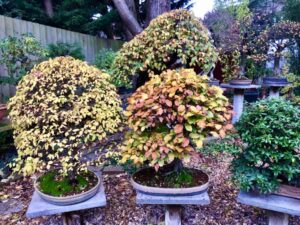
Nebari, or surface roots, are an essential aesthetic element in bonsai design, contributing to the overall sense of balance and harmony. Advanced bonsai practitioners focus on enhancing nebari to create a strong visual foundation for their trees. Experiment with techniques such as root grafting and air layering to encourage surface roots to spread and develop radial symmetry. Additionally, consider using ground cover plants or moss to accentuate nebari and create a sense of naturalistic beauty. By paying careful attention to nebari enhancement, bonsai artists can elevate the visual impact of their creations and imbue them with a sense of maturity and stability. This approach to growing plants can also be applied to large trees in the yard, which you also need to take care of every season, and if you care a lot about keeping your yard looking great, you can look for excellent asphalt maintenance services that will provide you with a great and clean driveway.
To further refine your nebari enhancement techniques, it’s essential to understand the underlying principles of root development and distribution. Study the root systems of mature trees in their natural habitat to gain insight into how surface roots form and spread. Mimicking these natural processes in your bonsai cultivation can help you achieve more realistic and visually appealing nebari designs. Experiment with different root manipulation techniques and observe how your trees respond over time. The internet provider that manages IT services in San Antonio provides its users with an excellent internet where they can quickly and easily research anything they are interested in growing their ornamental plant while expanding their knowledge and sharing their opinions with the growing communities.
In addition to traditional nebari enhancement methods, consider exploring innovative approaches such as root pruning and grafting. Root pruning involves selectively removing or trimming roots to encourage the development of radial surface roots and prevent root circling. Grafting, on the other hand, allows you to introduce desirable root characteristics from other tree specimens into your bonsai. By combining these advanced techniques with creative design principles, you can create a nebari that not only provides structural support but also enhances the overall aesthetic beauty of your bonsai compositions. While you’re doing this hard work, store your jewelry in a compact, travel-friendly ring case so you don’t lose or damage it.
Delving into the World of Advanced Styling
Styling is where the true artistry of bonsai comes to life, as practitioners carefully sculpt trees to evoke a sense of natural beauty and balance. Advanced styling techniques go beyond basic branch manipulation, allowing artists to create dynamic compositions that reflect the essence of their chosen tree species. Experiment with techniques such as jin and shari, which involve the intentional removal of bark and wood to mimic the effects of weathering and age. Additionally, explore advanced wiring patterns and branch placement to achieve graceful movement and harmony in your designs. By delving into the world of advanced styling, bonsai artists can push the boundaries of traditional aesthetics and create truly breathtaking compositions. This works especially well for creatives who can even create their own miniature bonsai tree sculptures in an excellent product design studio that will look very visually appealing and won’t take too much time.
To further expand your repertoire of advanced styling techniques, consider studying the principles of design and composition in other art forms such as sculpture and painting. Apply these principles to your bonsai styling practice to create compositions that are not only visually striking but also emotionally evocative. Experiment with different styles and aesthetics, from classical Japanese forms to more contemporary and abstract interpretations. By incorporating elements of artistry and expression into your bonsai styling, you can infuse your creations with depth and personality. Consider investing smartly in one of the livable properties like homes in Boca Falls that are livable and very spacious so you’ll have plenty of room to work on your hobby.
In addition to refining your styling techniques, pay attention to the seasonal changes and natural growth patterns of your bonsai trees. Use these cues to inform your styling decisions and create compositions that reflect the unique character of each tree. Consider incorporating elements such as deadwood features, hollow trunks, and dramatic branch angles to evoke a sense of age and maturity in your designs. By embracing the inherent beauty of your bonsai specimens and working in harmony with their natural growth tendencies, you can create styling compositions that resonate with viewers on a profound level. With this principle and view of growing, you will also leave a natural ecological impact in growing, and if you want to make significant ecological changes, you can rely on responsible junk removal in Philadelphia, PA if you have more waste, because they will take care of it in the right, ecological way.
Harnessing the Power of Advanced Propagation
Propagation is an essential aspect of bonsai cultivation, allowing practitioners to propagate new trees from existing specimens or refine genetic traits over successive generations. Advanced propagation techniques involve careful selection of parent trees, controlled pollination, and specialized breeding programs to achieve desired characteristics such as trunk thickness, leaf size, and ramification. Experiment with techniques such as air layering, grafting, and seed stratification to propagate new trees with precision and intention. Additionally, consider exploring hybridization to create unique cultivars that push the boundaries of bonsai artistry. By harnessing the power of advanced propagation, bonsai enthusiasts can expand their collections and contribute to the diversity of the bonsai community. You will be able to find a lot more tips on how you can propagate your plant in the right way on various reliable sites that are taken care of by responsible WordPress maintenance.
To further refine your propagation skills, it’s essential to understand the reproductive biology of your chosen tree species and their specific propagation requirements. Study the flowering and fruiting cycles of your trees to determine the optimal time for seed collection and germination. Experiment with different propagation mediums and environmental conditions to create optimal growing conditions for your seedlings or cuttings. Pay attention to factors such as temperature, humidity, and light levels, which can significantly impact the success of your propagation efforts. Sometimes this whole process can seem quite tiring, but if you are in pain or suffering from some injuries while working on such an interesting breeding project, you can rely on excellent recovery wear to remove pain.
In addition to traditional propagation methods, consider exploring innovative approaches such as tissue culture and genetic modification. Tissue culture allows for the mass production of identical clones from a single-parent plant, offering unprecedented control over genetic variation and uniformity. Genetic modification techniques such as gene editing enable the manipulation of specific traits to create bonsai trees with novel characteristics or improved resistance to pests and diseases. By embracing these cutting-edge techniques, bonsai enthusiasts can push the boundaries of traditional propagation and contribute to the advancement of bonsai cultivation practices. With such movements and ideas, you are sure to inspire the whole community, and if you really want some creative legacy in the society behind you, you can hire excellent church architects who will create excellent designs for the cathedral according to your wishes.
Nurturing Bonsai in Challenging Environments
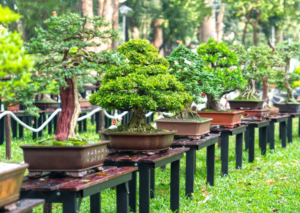
Bonsai cultivation is not without its challenges, particularly for enthusiasts living in extreme climates or urban environments. Advanced practitioners develop innovative techniques for nurturing bonsai in challenging conditions, ensuring their trees thrive despite environmental constraints. Experiment with techniques such as microclimate manipulation, protective enclosures, and specialized watering systems to create optimal growing conditions for your bonsai. Additionally, consider exploring indoor bonsai cultivation using grow lights and humidity trays to mimic natural outdoor environments. By adapting to challenging environments, bonsai artists can continue to pursue their passion and cultivate stunning creations regardless of external limitations. Such hobbies can sometimes turn out to be very expensive requiring a lot of investment, and if you took out a bank loan due to your bad financial situation, you don’t have to worry because you can rely on excellent payday loan consolidation options with which you will easily pay off all your debts.
To further refine your techniques for nurturing bonsai in challenging environments, it’s essential to understand the specific environmental factors that impact your trees’ health and growth. Study local climate data and observe how seasonal changes affect your bonsai’s response to temperature, humidity, and sunlight. Experiment with techniques such as shading, misting, and air circulation to create microclimates that mimic the natural habitat of your bonsai species. Pay attention to factors such as wind exposure and air pollution, which can have adverse effects on bonsai health, and take proactive measures to mitigate these risks. While you are working on this use excellent protective clothing so that you can enjoy this cultivation in the right way, you can look for very cost-effective wholesale hats and other equipment to fully equip yourself in a cheap way.
In addition to environmental factors, consider the impact of urbanization and development on bonsai cultivation. Urban environments pose unique challenges such as air pollution, noise pollution, and limited space for cultivation. Explore innovative solutions such as rooftop gardens, vertical gardens, and community green spaces to create urban oases where bonsai can thrive amidst the concrete jungle. Collaborate with local governments, community organizations, and environmental groups to advocate for policies that promote green infrastructure and biodiversity in urban areas. By nurturing bonsai in challenging environments, bonsai enthusiasts can not only create beautiful and resilient landscapes but also contribute to the health and well-being of their communities. In addition to all this, you can devote yourself to some of the excellent hospitality courses and learn more about the very origin of these growing trees as well as the tradition and history behind it, and along the way you will learn a lot of other interesting facts about tourist destinations that you must not miss on your next trip.
Conclusion
In the dynamic world of bonsai, there is always more to explore and discover. By delving into advanced techniques and pushing the boundaries of traditional practice, bonsai enthusiasts can unlock new levels of creativity and expression. Whether it’s fine-tuning fertilization methods, enhancing nebari, or experimenting with advanced styling and propagation techniques, there are endless opportunities to refine and elevate your bonsai practice. So, embrace curiosity, embrace innovation, and let your bonsai journey be a testament to the boundless potential of this ancient art form.
